Resource Library
A complete library of insights and tools to help deal teams execute M&A the buyer-led way
Featured

The AI-Powered Diligence Playbook: 3 Proven Workflows to Cut Days Out of Every Deal
See how modern M&A teams use AI to organize documents, find risks early, and instantly generate the requests and insights needed to speed up diligence.
.png)
DealRoom Unveils Major Enhancements to DealRoom AI with New AI-Powered Document Organization and Intelligence
New AI assistants automatically organize and analyze diligence documents, giving deal teams faster access to critical information and earlier visibility into potential risks.

5 Mistakes You Can Avoid with Buyer-Led M&A™
In this eBook you'll learn how to avoid 5 common mistakes in dealmaking with Buyer-Led M&A™ Strategy.


Accelerate Deals. Master Strategy. Build M&A Excellence.
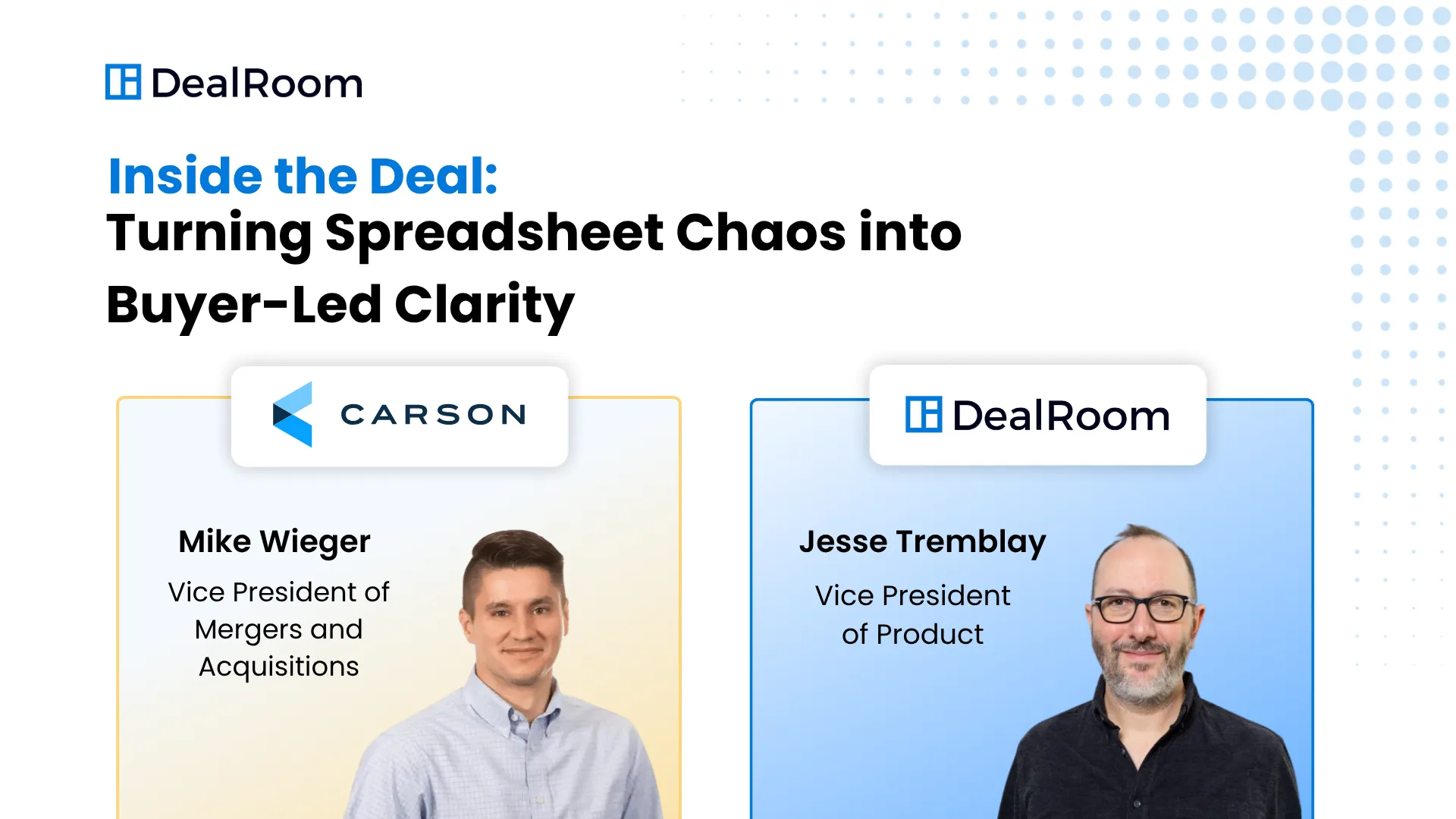
Carson Group
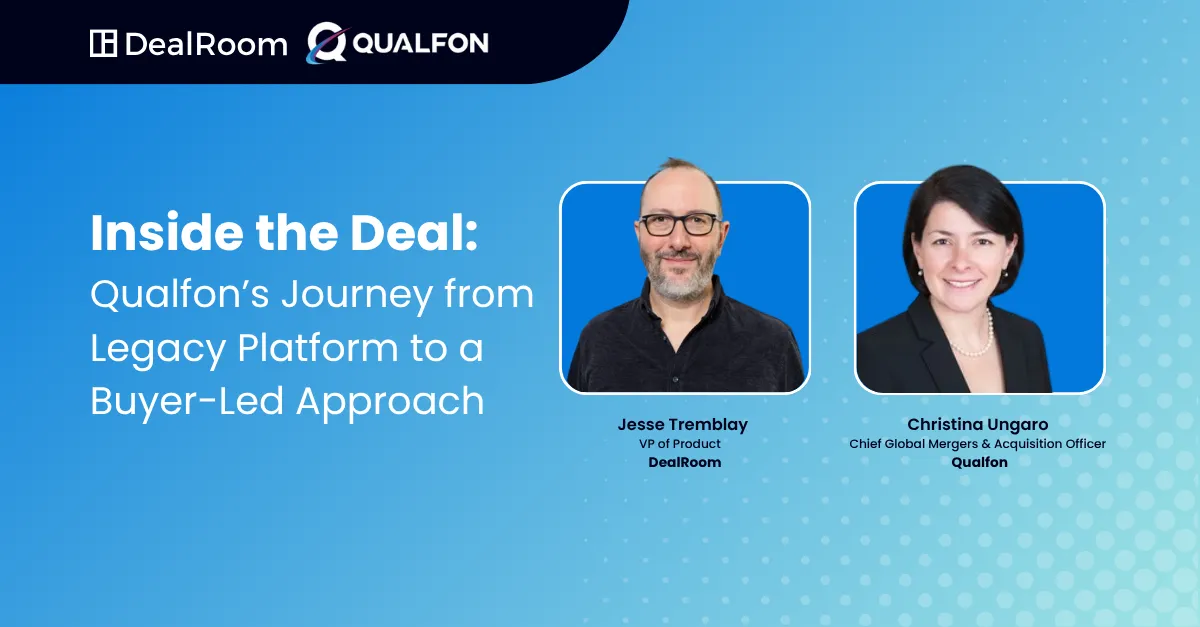
Qualfon

US Heart & Vascular
.webp)
Infoblox

How IVC Evidensia Scaled with DealRoom
.webp)
Why You Shouldn't Be Using Excel for Diligence
The Buyer-Led M&A™ Newsletter by DealRoom
A no-nonsense take on what drives real value in modern M&A

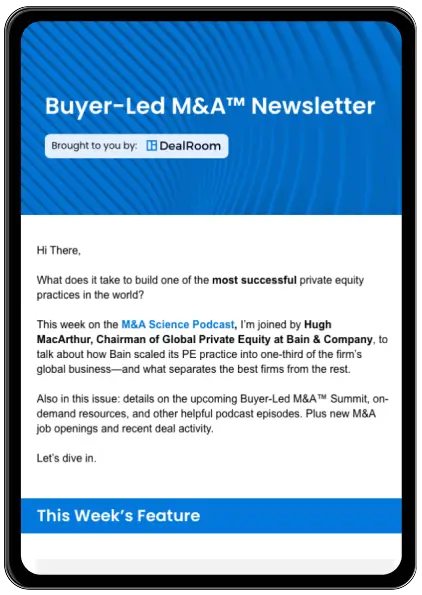
All of Our Great Resources for M&A Leaders
See DealRoom in Action
Discover why DealRoom is the best merges and acqusitions software for Corporate Development teams managing multiple deals. Simplify your M&A lifecycle, boost efficiency, and reduce friction — all in one platform.




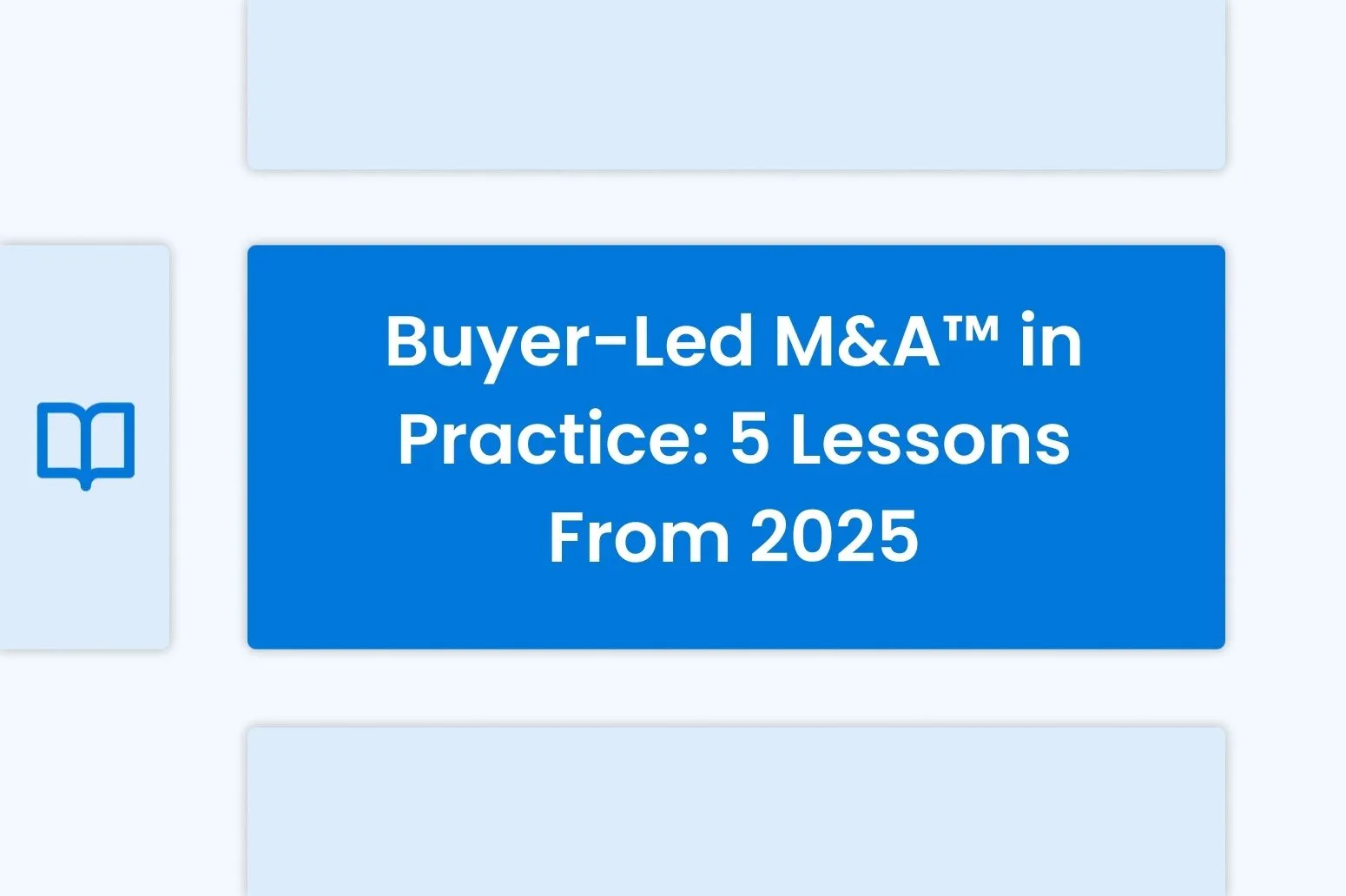
.webp)
.webp)







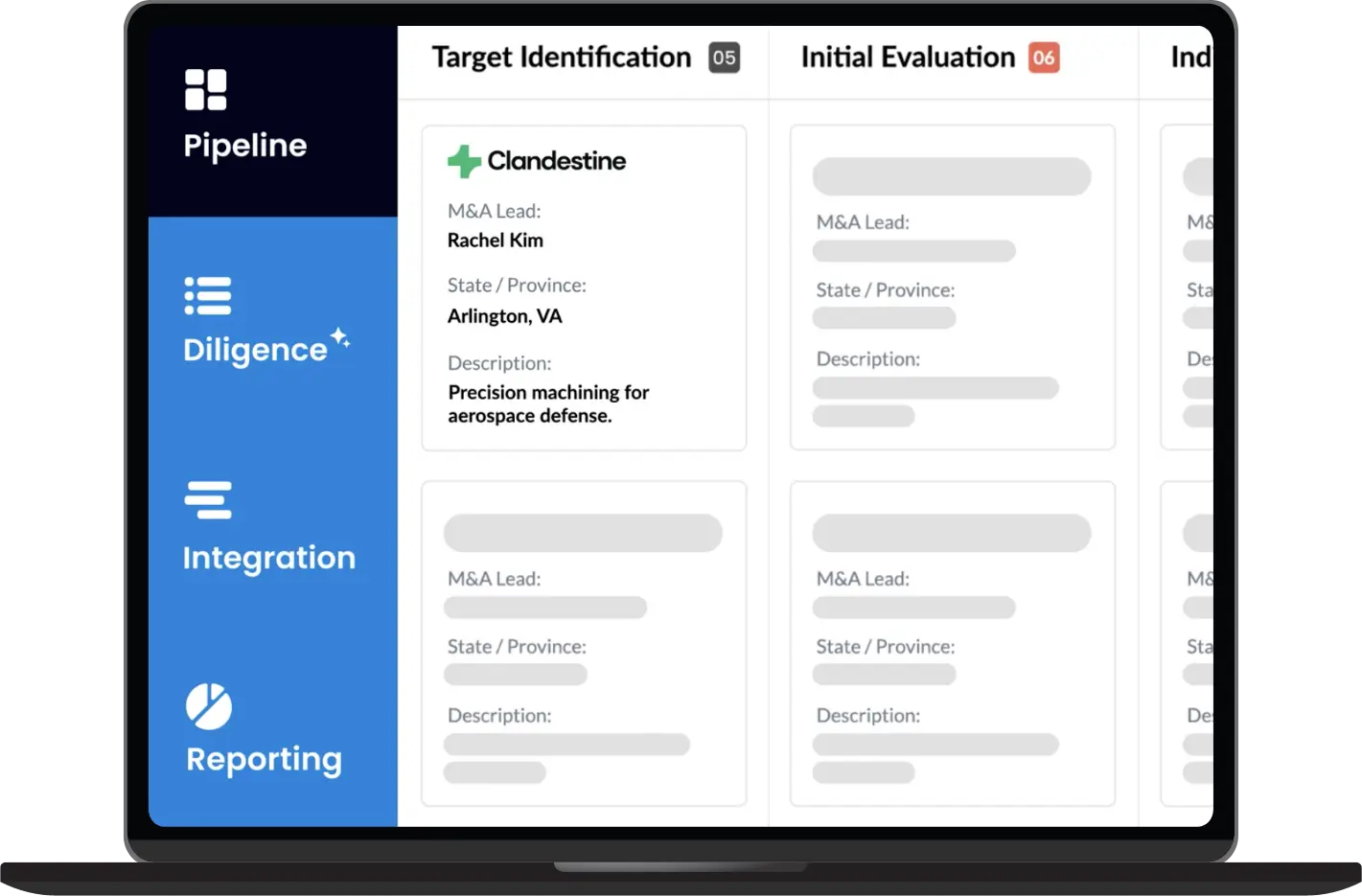


.webp)
.webp)
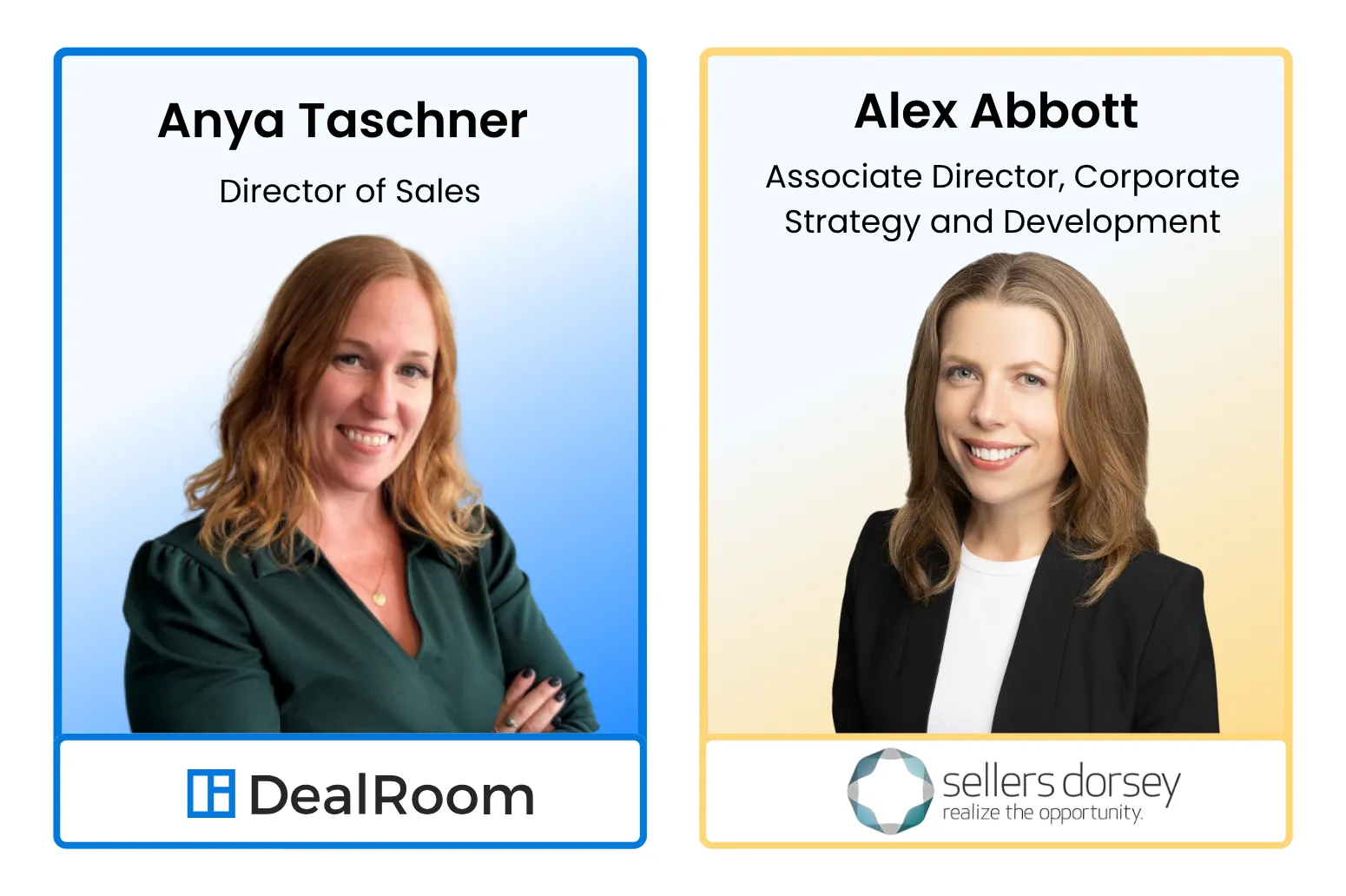


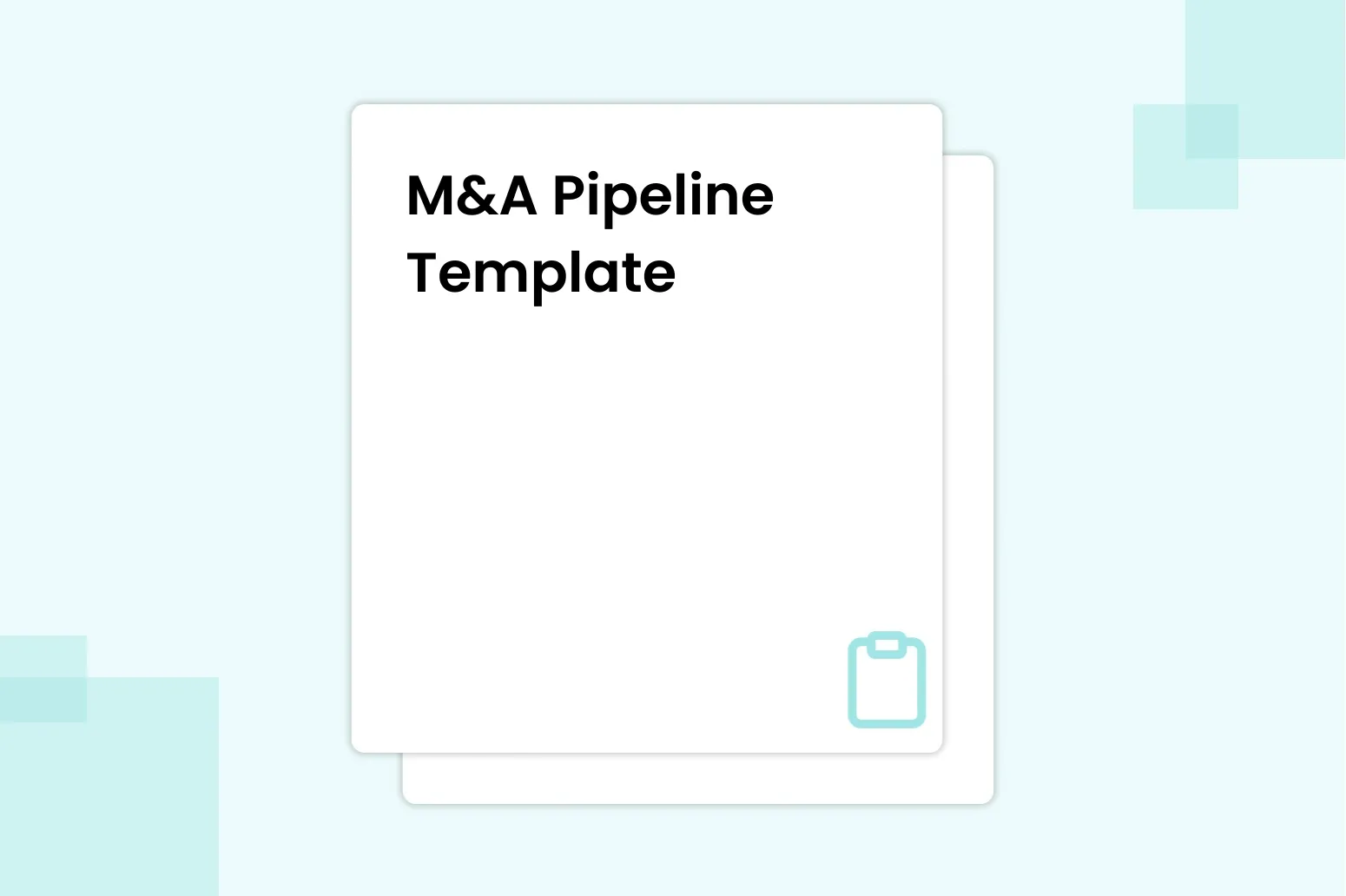


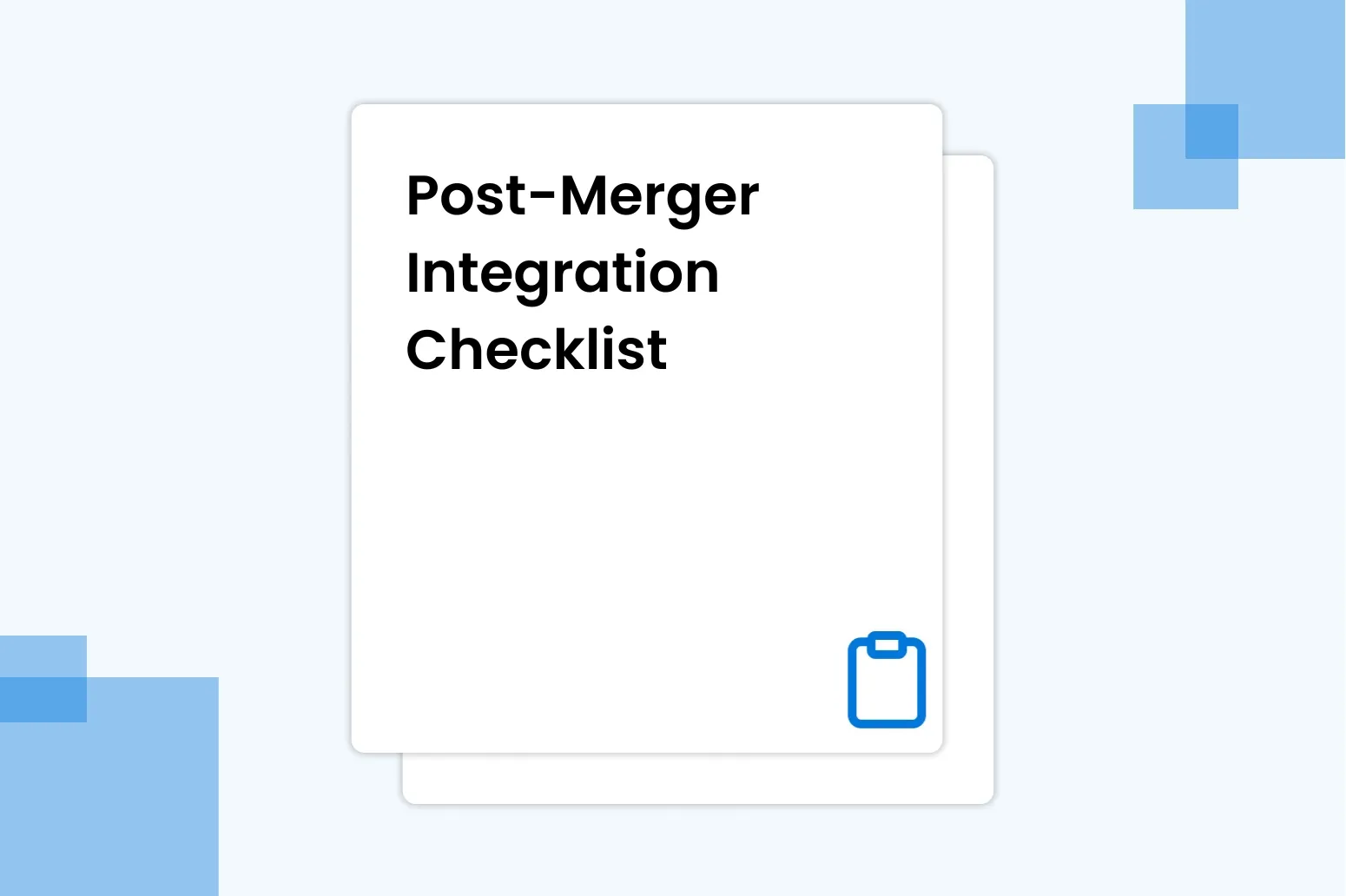
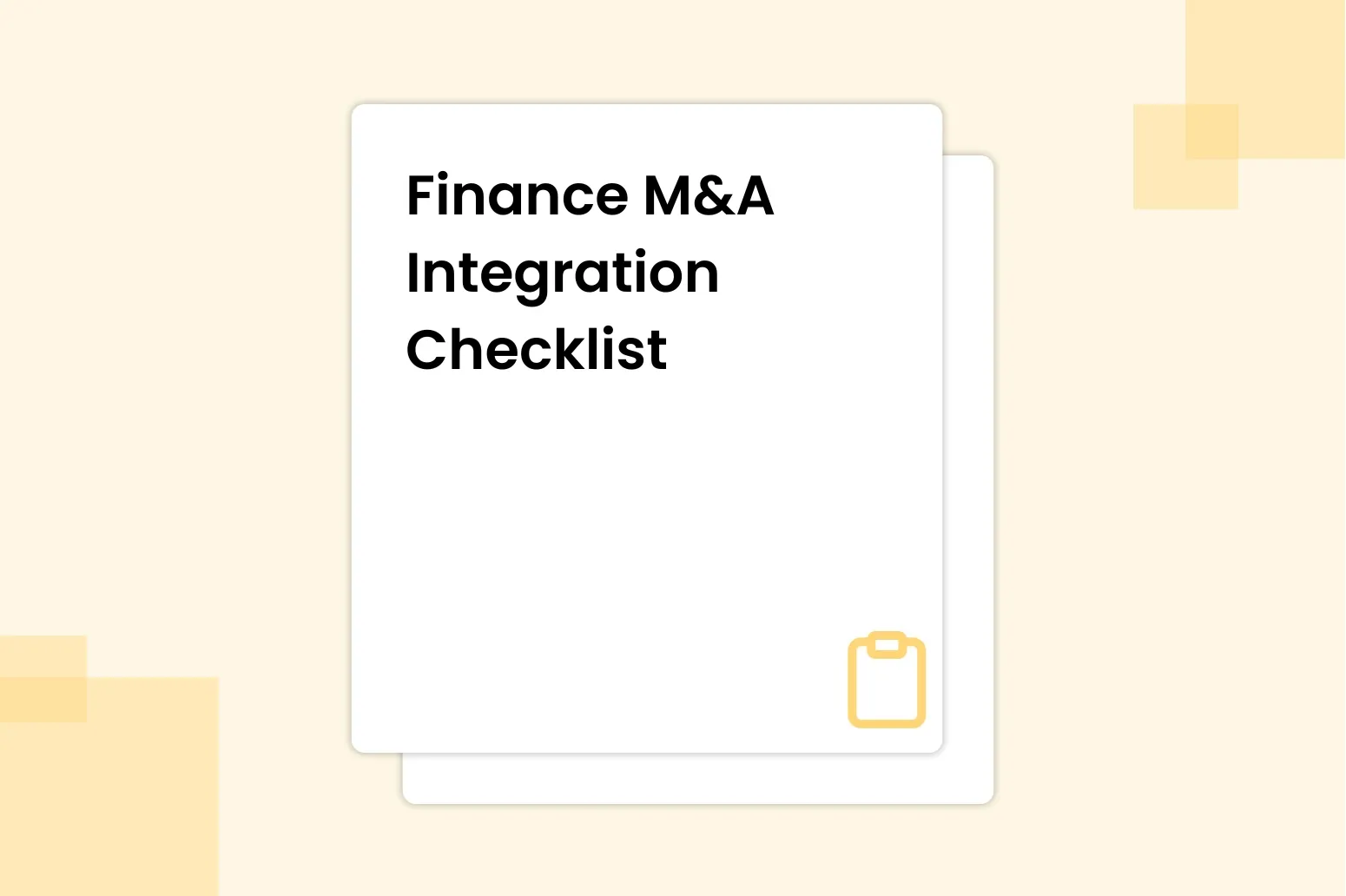

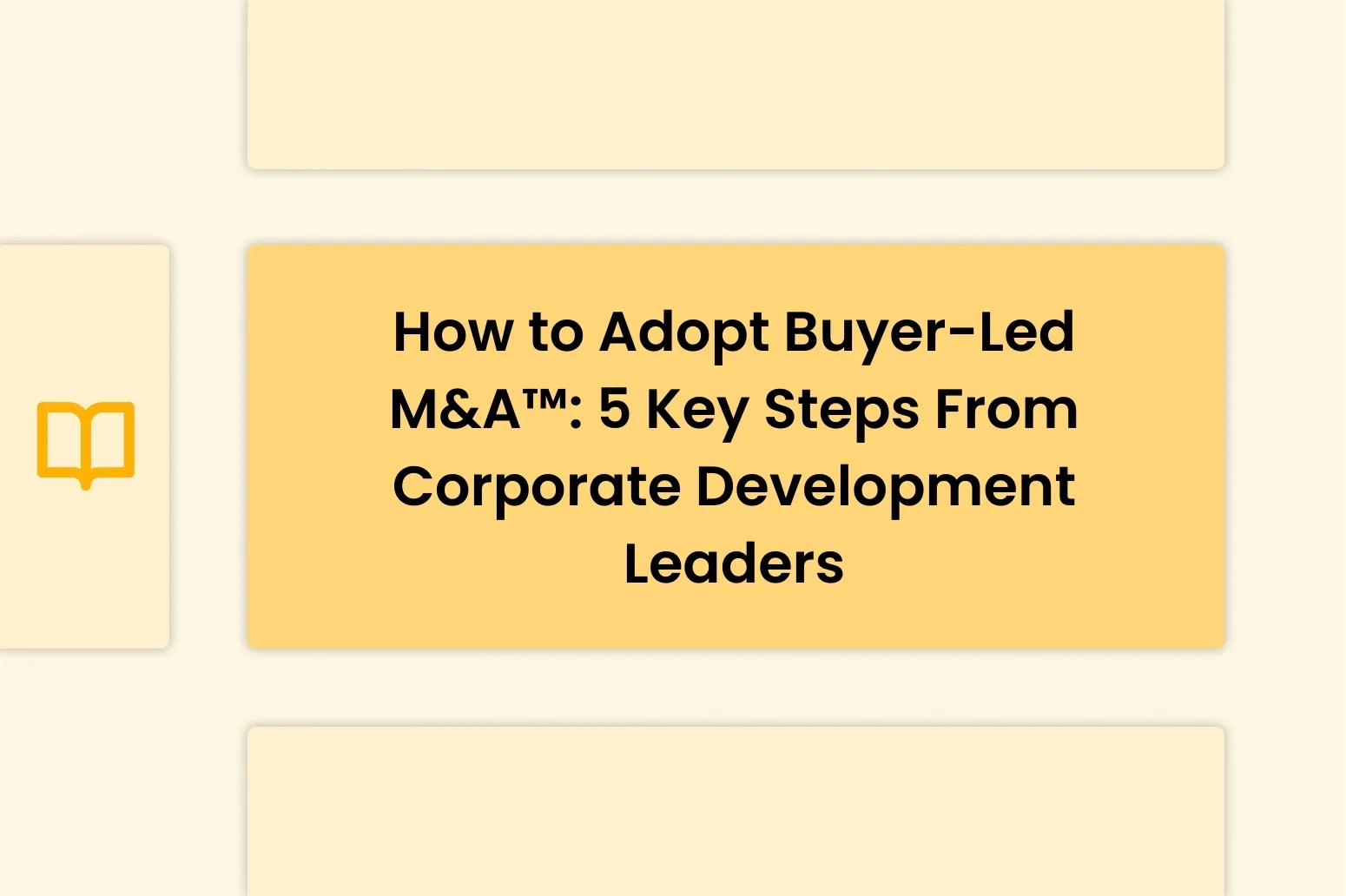

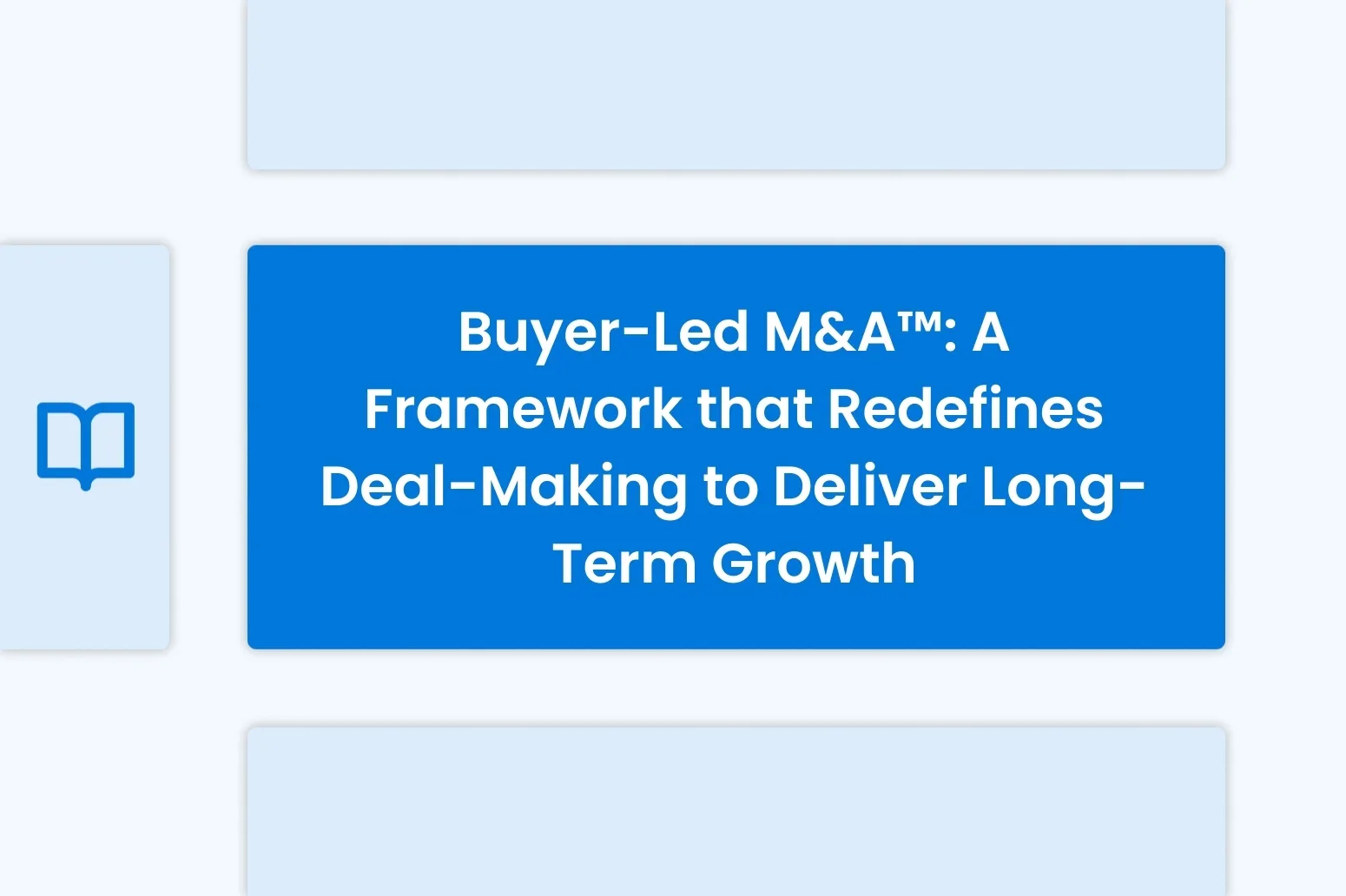
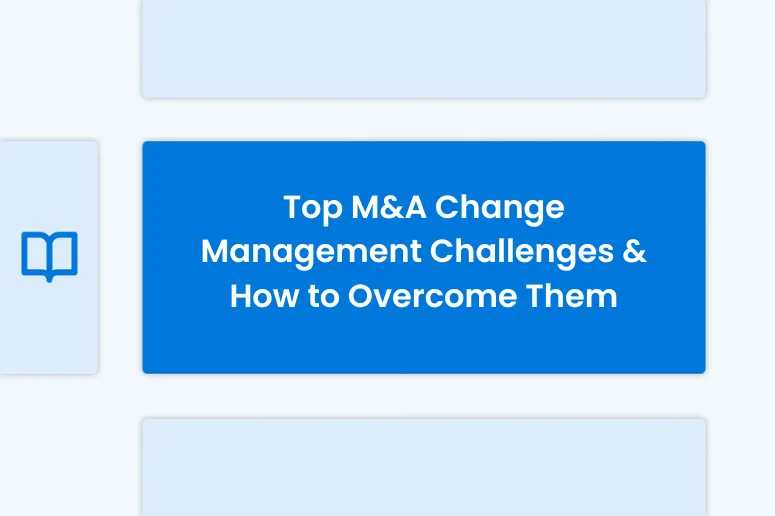



.png)
.png)
.png)
.svg)

.svg)
.png)
